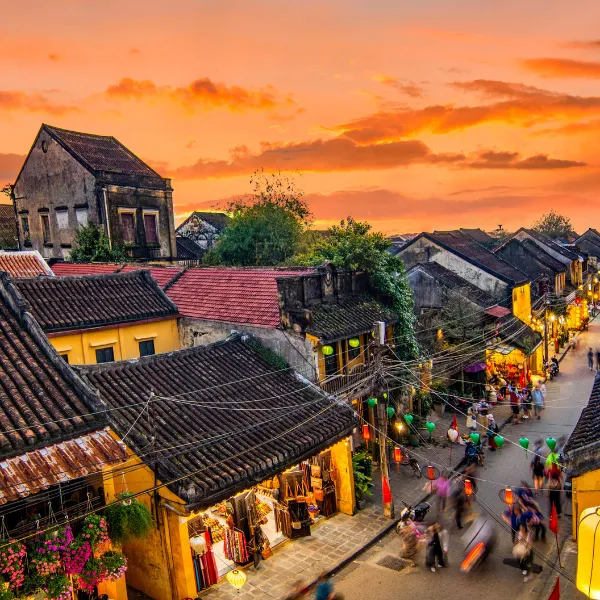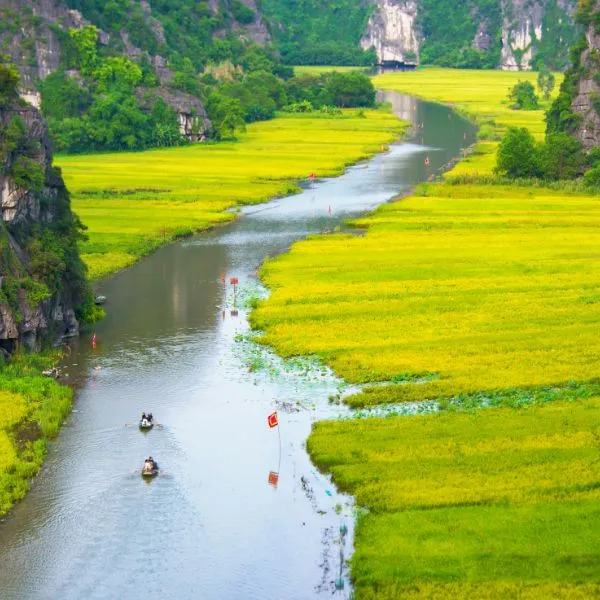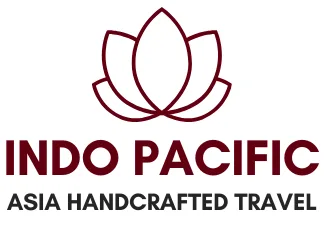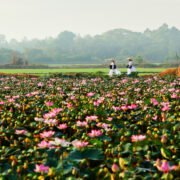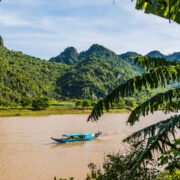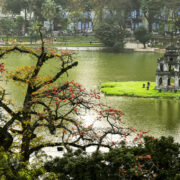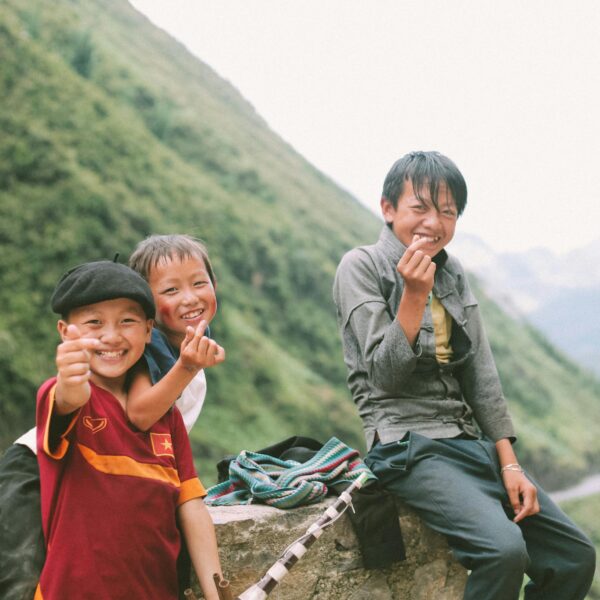
Ha Giang Cuisine: Discover the Unique Flavors of Vietnam’s Northern Highlands
Ha Giang cuisine showcases the rich culinary heritage of Vietnam’s northern highlands, blending ethnic traditions, mountain-grown ingredients, and unique local flavors into every dish.
Ha Giang cuisine is a vital part of Vietnamese gastronomy. While Vietnamese cuisine has taken the world by storm with globally recognized street foods like Pho, Banh Mi, and Banh Cuon, the northern province of Ha Giang offers a lesser-known yet equally captivating culinary experience. These regional specialties are not just delicious—they are cultural ambassadors representing Vietnam’s rich food heritage.
Among the many regions that contribute to this diverse gastronomy, Ha Giang stands out with its distinct mountain cuisine. Located in northern Vietnam, the Ha Giang karst plateau is not only known for its majestic landscapes, terraced rice fields, and vibrant buckwheat flower fields, but also for its authentic ethnic dishes that reflect the traditions of 19 ethnic groups living here. Ha Giang cuisine is deeply rooted in nature, tradition, and spiritual symbolism.
🔥 Must-Try Ha Giang Dishes That Define Northern Vietnamese Cuisine
article content
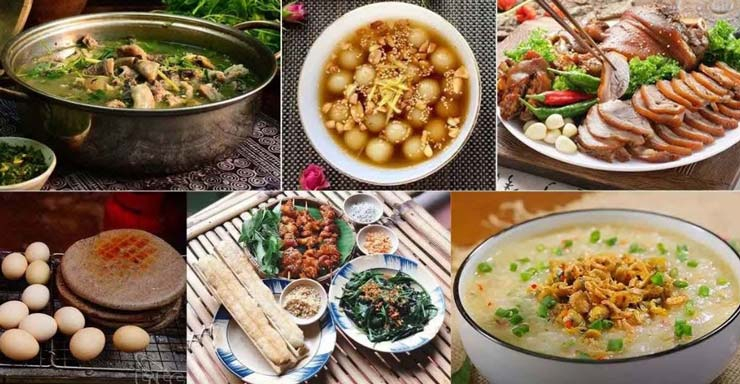
1. Au Tau Porridge – A Nutrient-Rich Dish of the Highlands
This iconic porridge combines the slightly bitter flavor of au tau root with the richness of chicken eggs, bone broth, and herbs. It’s a signature dish in Ha Giang cuisine, believed to relieve cold and joint pain, making it a perfect comfort food during the chilly highland nights.
2. Thang Co – The Traditional Meat Soup of the Mong People
Thang Co is a centuries-old Mong dish originally made from horse meat and offal, simmered with spices like star anise and cardamom. A staple in Ha Giang cuisine, it is best enjoyed hot with Men Men and local corn wine.
3. Five-Colour Sticky Rice – A Symbolic Ethnic Dish
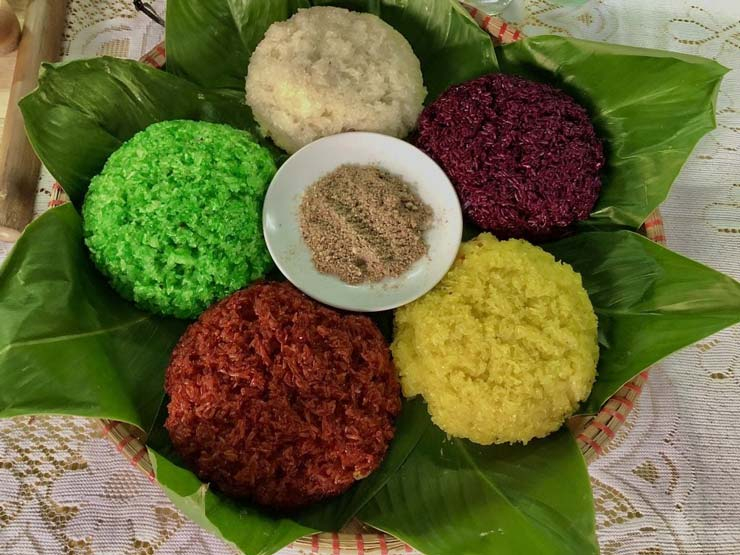
This colorful sticky rice, made without artificial dyes, uses natural plant leaves to create hues of red, green, yellow, black, and white. These five colors represent the five elements of life in Vietnamese culture—fire, wood, earth, water, and metal. Not only is it eye-catching, but it’s also deeply spiritual, often served during festivals and family celebrations in the northern highlands.This colorful sticky rice uses natural ingredients to create hues that represent the five elements of life. A visual and spiritual highlight of Ha Giang cuisine, it often appears during major festivals.
4. Buckwheat Cake – A Taste of the Ha Giang Flower Fields
Made from the flour of buckwheat seeds, these cakes are simple yet uniquely tasty. The seeds are ground, mixed with water, and steamed or grilled. The result is a soft, nutty-flavored cake. Visitors coming to see the legendary buckwheat flower fields (with blooms in white, pink, and purple) should not miss trying buckwheat products like cakes, noodles, and wine.
5. Hunchback Chung Cake – A Special Tet Cake of the Red Dao
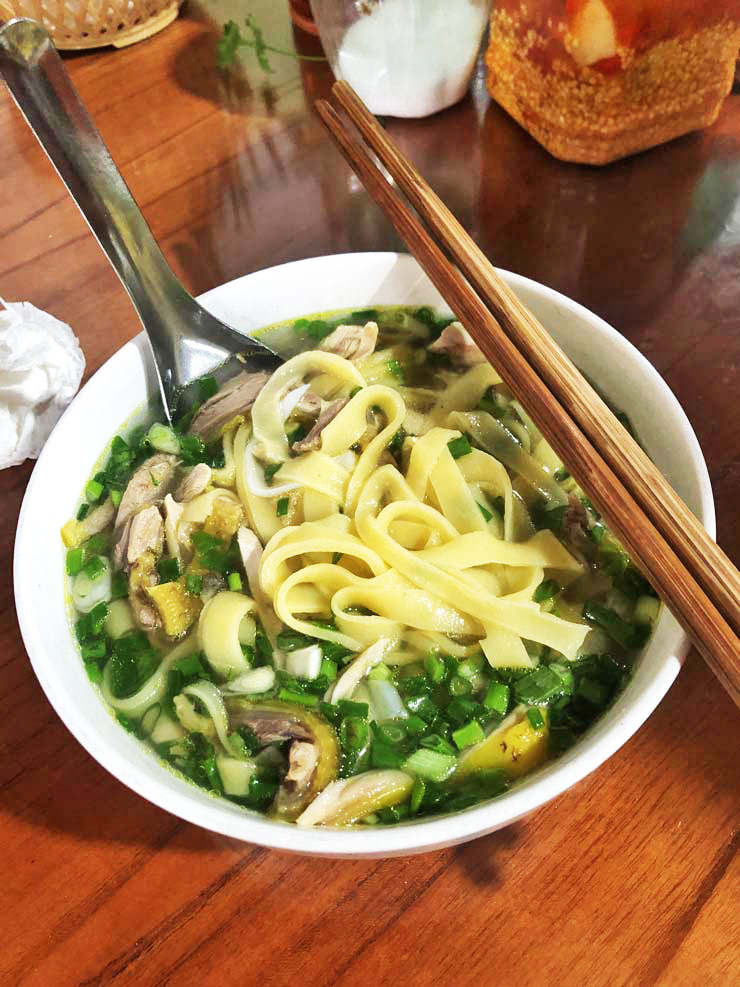
Unique to the Red Dao ethnic group, this cake is made with upland sticky rice, mung beans, and black pork, all wrapped in galangal leaves for a distinct aroma. It’s boiled over wood fire for 8-10 hours, resulting in a cake with a curved back—hence the name. Often made during the Lunar New Year, it symbolizes prosperity and family unity.
🌸 Other Local Delicacies You Shouldn’t Miss
Besides the famous dishes above, Ha Giang also offers:
-
Dong Van steamed rice rolls (with or without egg)
-
Bac Me bamboo-tube rice
-
Dried buffalo meat
-
Corn pho & sour pho
-
Thang Den (sweet stuffed sticky rice balls)
🧳 Why Ha Giang Cuisine Is a Must-Try on Your Vietnam Travel Journey
The food of Ha Giang not only satisfies the taste buds but also tells stories of ethnic traditions, nature’s gifts, and highland life. Whether it’s the healing warmth of Au Tau porridge, the symbolism behind five-color sticky rice, or the festive flavors of Hunchback Chung Cake, each dish adds a flavorful chapter to your travel experience.
Recent Posts
Dong Thap Lotus – Discover the Land of the Pink Lotus in Vietnam 🌸
Phong Nha Travel – The Ultimate Vietnam Adventure Guide
A Swiss Couple’s Vietnam Travel Journey – 15 Days of Culture, Cuisine, and Natural Wonders
All Categories
- CaMau (1)
- DaLat (1)
- DaNang (3)
- Explore Vietnam (61)
- Food & Drink (20)
- food tour VietNam (3)
- GiaLai (1)
- HaGiang (4)
- HaiPhong (2)
- Halal Dining in Vietnam (2)
- HaLong Bay (3)
- Hanoi (7)
- Ho CHi Minh City (1)
- HoiAn (1)
- hue (2)
- LamDong (1)
- Nam du Island (1)
- NinhBinh (1)
- PhuQuoc (1)
- Travel Tips & Guides (2)
- Uncategorized (1)
- Vietnam (1)
- Vietnam Culture & Lifestyle (3)
- Vietnam Travel Planning (4)
- YenBai (1)
Tags
